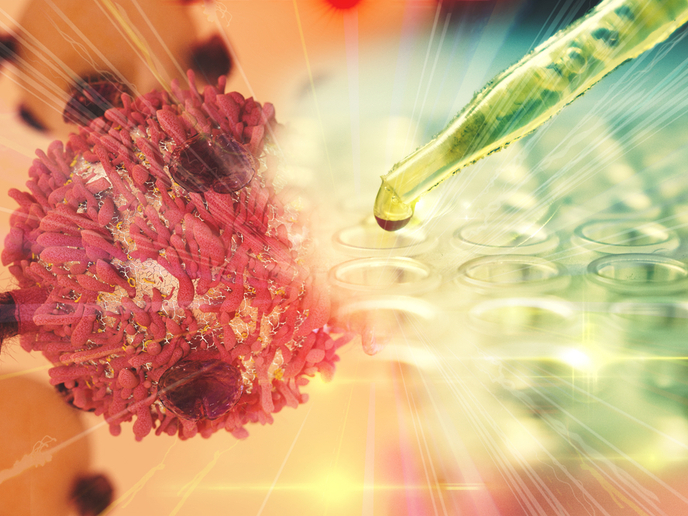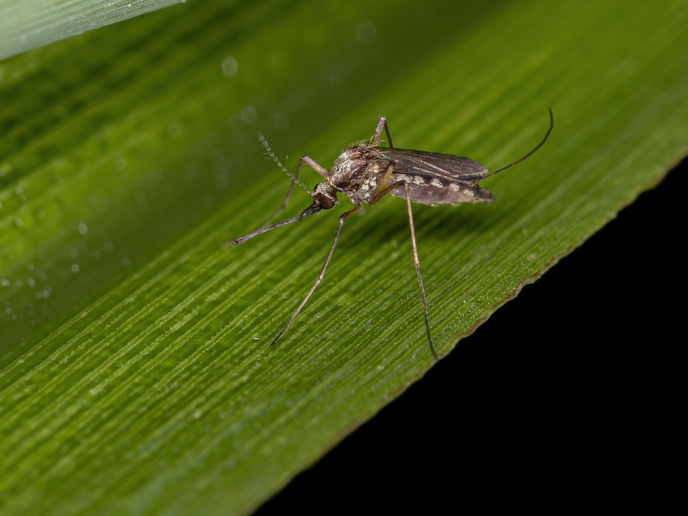Unravelling the supercoiling mechanism of DNA
DNA supercoiling is the winding of a DNA strand and is important in a number of biological processes such as compacting DNA. In addition, certain enzymes such as topoisomerases are able to change DNA structure to facilitate processes such as replication or transcription. The EU-funded project REV GYR MECH has just completed research into the supercoiling mechanism in Thermotoga maritima (T. Maritime), a hyperthermophilic bacterium found in hot springs. The microbe's ideal temperature is 80 ˚C and is therefore unique in the bacterial world. An enzyme, reverse gyrase, also found in hyperthermophilic organisms can introduce positive supercoils into DNA. Reverse gyrase has generated a lot of interest in research circles recently due to its unique architecture and function. REV GYR MECH scientists investigated the enzyme from a biophysical point of view. The aim was to establish a model that could link its domain architecture to enzyme function. Specifically, the researchers looked into the way the nucleotides and DNA bind and the inter-domain communication that facilitates supercoiling. The REV GYR MECH team deleted a certain key domain, the so-called latch domain, in the enzyme. Removal led to the loss of cooperativity in nucleotide and DNA binding and the ability to distinguish between single- and double-stranded DNA. Furthermore, supercoiling activity was completely abolished indicating that latch is a crucial component for positive supercoiling. Using molecular crystallography the project team developed a model of the dynamics of the action of reverse gyrase. Fluorescence resonance energy transfer (FRET) experiments then validated the model. Attaching dyes to the enzyme domains upon binding of nucleotide and DNA, the results indicated that the enzyme shows a 'flipping' of domains at sub-physiological temperatures and in the presence of other large DNA molecules like plasmids. REV GYR MECH results have provided a basis for the intricate workings of the DNA of a microbe with an ancient origin. As such, research findings could provide insight into the molecular mechanics of other enzyme-DNA reactions.







